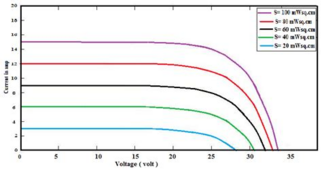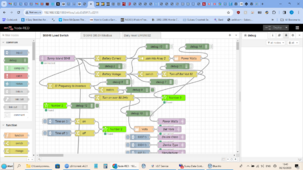ApproximatelySean
New Member
- Joined
- Jan 21, 2021
- Messages
- 30
Ok so an idea for a dump load diverter, i think this should be easy enough with minimal programing..
Use the built in victron mppt dump load feature to switch on a relay when battery is 95-100% the realy feeds a second SSR controled by and arduino, the arduino reads from a small 10w mono crystilne referance panle mounted next to my areay, and PWM writes 10% lower than the read value to the SSR powering the dumpload, however im not sure what metric to measure with the arduino? voltage? attach the panel to a heater and mesure current? im sure theres better ways to do this but i can wrap my head around this.. any input appreciated
Use the built in victron mppt dump load feature to switch on a relay when battery is 95-100% the realy feeds a second SSR controled by and arduino, the arduino reads from a small 10w mono crystilne referance panle mounted next to my areay, and PWM writes 10% lower than the read value to the SSR powering the dumpload, however im not sure what metric to measure with the arduino? voltage? attach the panel to a heater and mesure current? im sure theres better ways to do this but i can wrap my head around this.. any input appreciated




